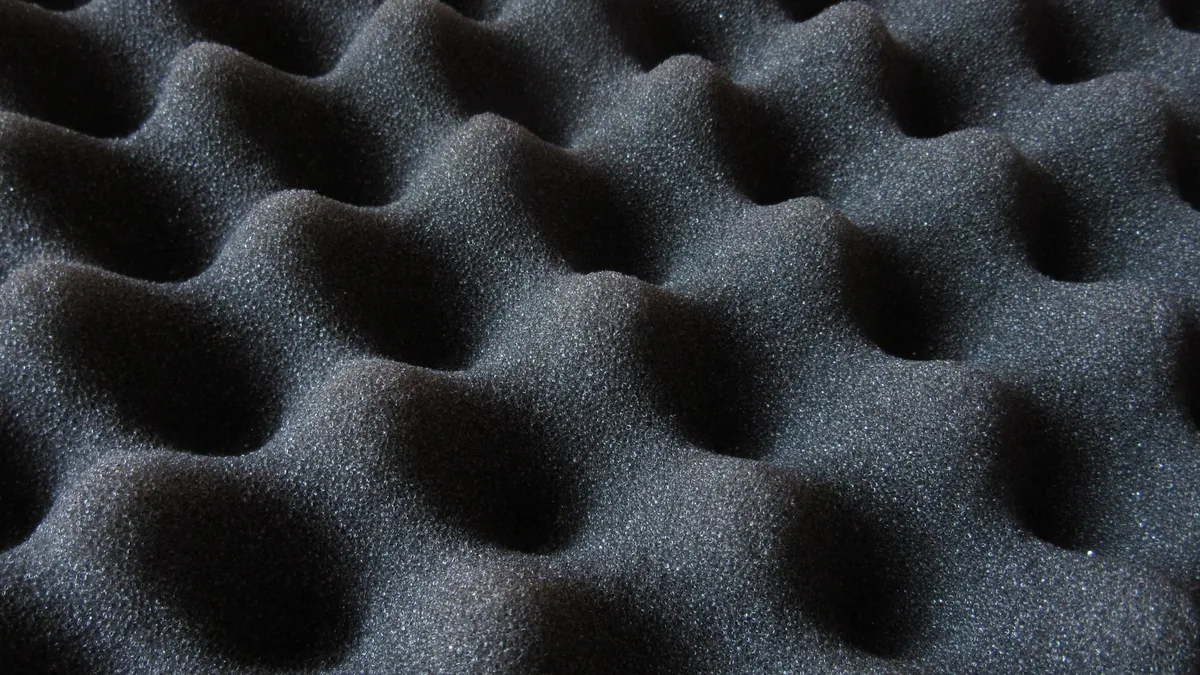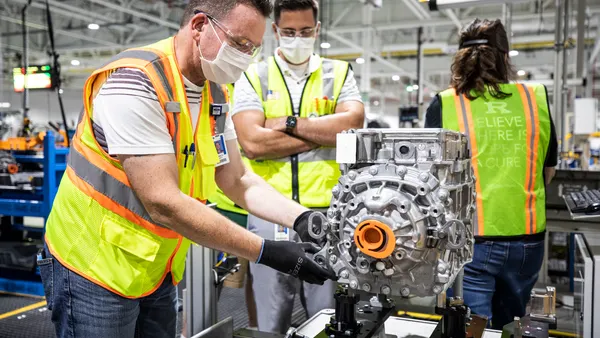Dive Brief:
- A wide variety of protective packaging exists, from void fill bubble wrap to air pillows and biodegradable noodles. Choosing the right fill for products should not depend solely on material cost, Modern Materials Handling reported last week.
- Choosing an ineffective filler can result in damaged items, causing customer or client dissatisfaction and the expense of re-picking, repackaging and reshipping.
- More than 70% of consumers who receive a damaged item are reluctant to become repeat shoppers, according to packing materials supplier, Pregis.
Dive Insight:
When FedEx announced a 3.9% increase in dim rates, meaning that packaging dimensions would now round up to higher and therefore heavier weights, many bemoaned the upcoming expense. While there's little that shippers can do to reduce their shipping costs, packaging wisely instead of wastefully will result in lower prices.
To use an extreme example, packaging a shoe box within a far larger box, then surrounding it with paper void fill, is an ineffective method. Efficiency is increased when a box just large enough to contain the packaged product in question is chosen, since the larger the exterior package, the more buffeting is required. Creating the least amount of movement is desirable, since doing so will save on the amount of void fill required, and will also reduce movement, which can result in breakage.
Further, since most types of void fill are recyclable, or at the very least reusable, companies engaged in packaging can offer rebates for material returned for reuse. Or, package recipients can recycle plastic and paper void fill themselves, ensuring it avoids a landfill.













